A young whale shark — Photo
L
2000 × 1333JPG6.67 × 4.44" • 300 dpiStandard License
XL
5265 × 3510JPG17.55 × 11.70" • 300 dpiStandard License
super
10530 × 7020JPG35.10 × 23.40" • 300 dpiStandard License
EL
5265 × 3510JPG17.55 × 11.70" • 300 dpiExtended License
A young whale shark (Rhincodon typus) cruises through the tropical waters of the Caribbean Sea. This species is the largest living fish on Earth and is listed as vulnerable by the IUCN.
— Photo by ead72- Authoread72

- 76743005
- Find Similar Images
- 4.6
Stock Image Keywords:
- texture
- marine
- atlantic
- silver bank
- habitat
- pattern
- environment
- niche
- natural
- camouflage
- Remora
- big
- behavior
- conservation
- large
- clear
- surface
- blue
- snorkeling
- animal
- largest living fish
- young whale shark
- ecosystem
- nature
- life
- tropical waters
- rhincodon typus
- snorkeler
- whale shark
- underwater
- color
- colorful
- wildlife
- ocean
- diving
- ethan
- species
- adventure
- travel
- cruises
- diver
- landscape
- daniels
- swimming
- plankton
- dominican Republic
- Caribbean Sea
- whale
- seascape
- diversity
Same Series:
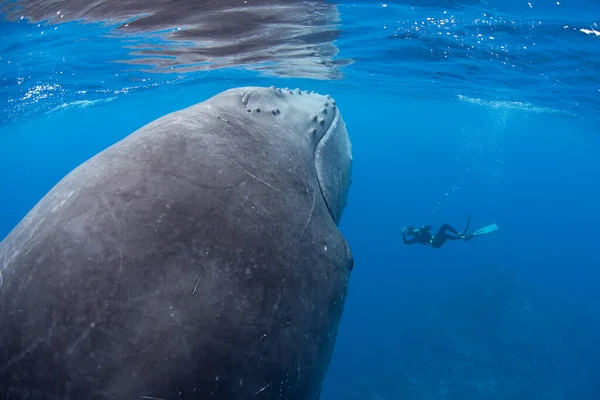
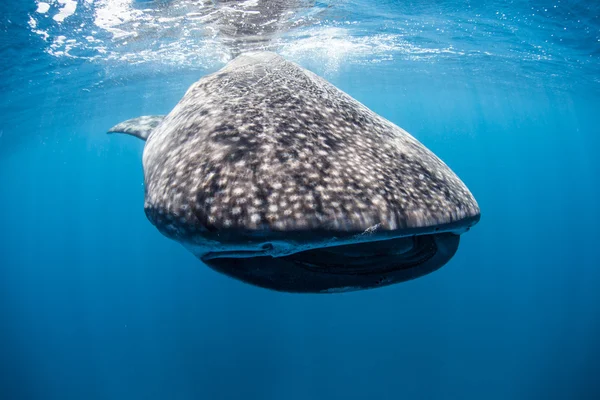
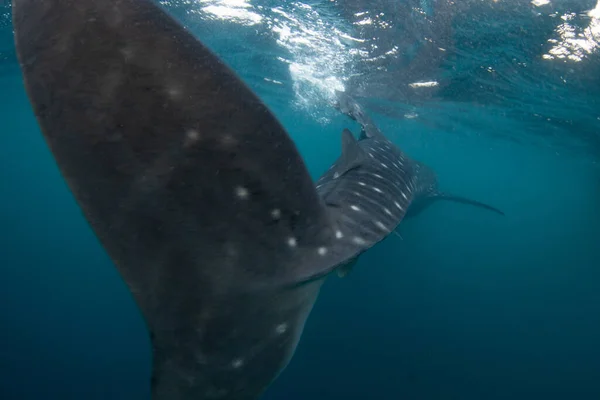
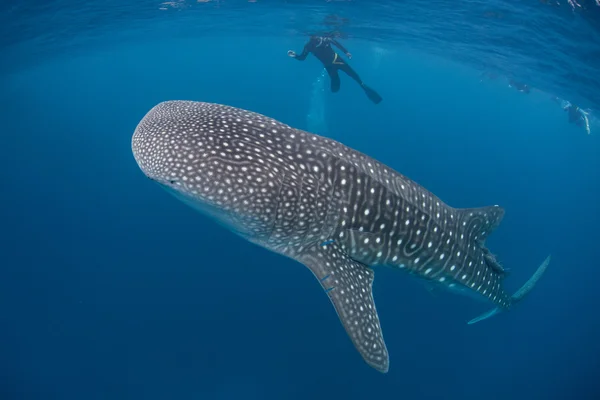
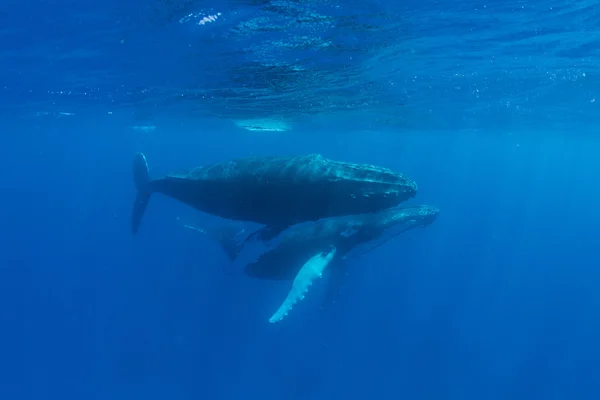
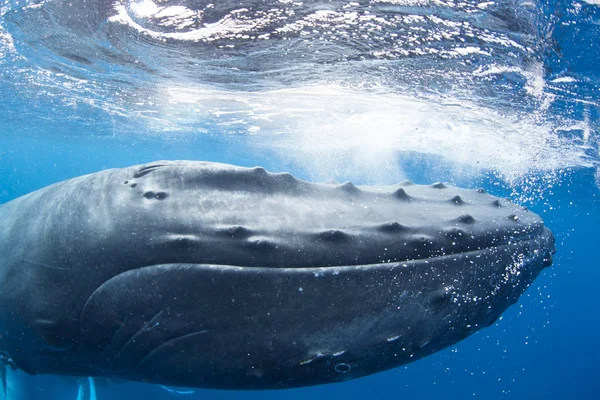
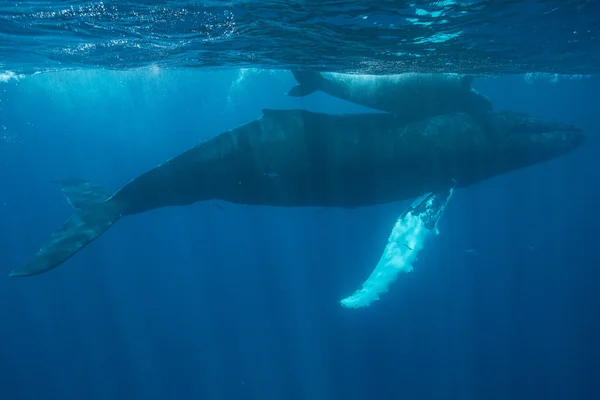
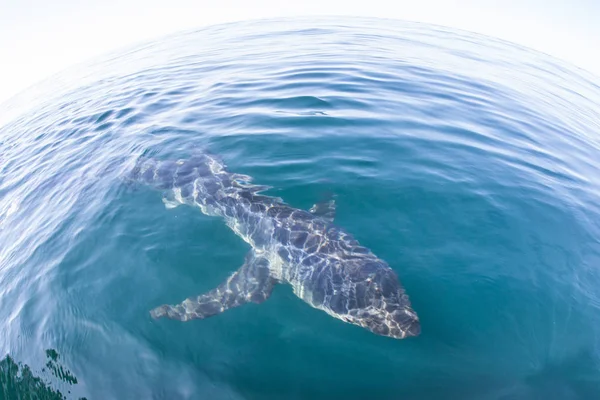
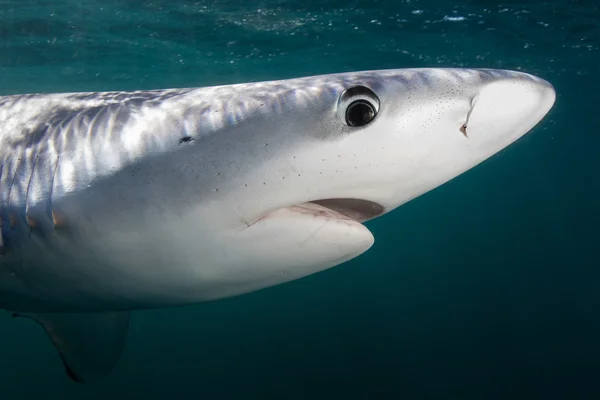

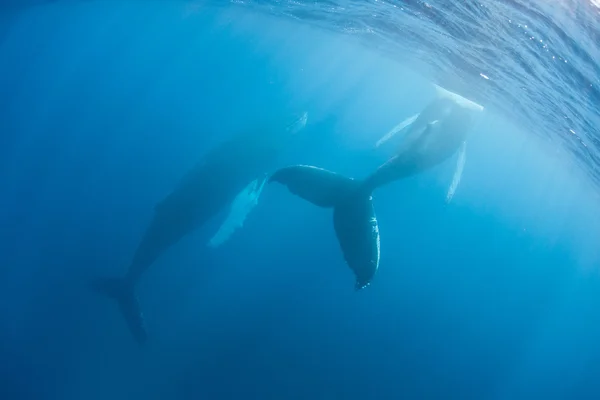
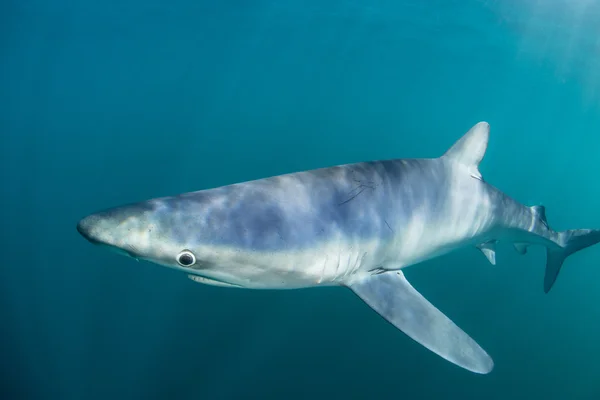
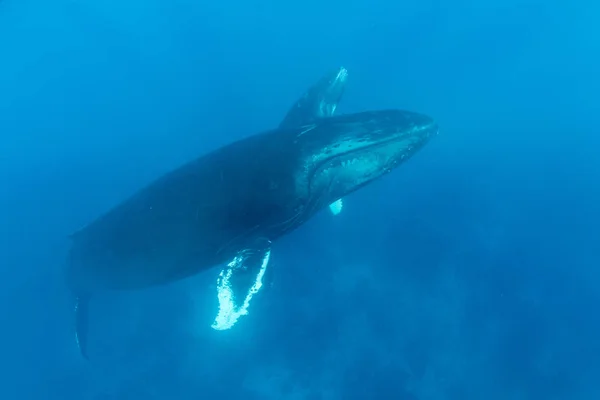
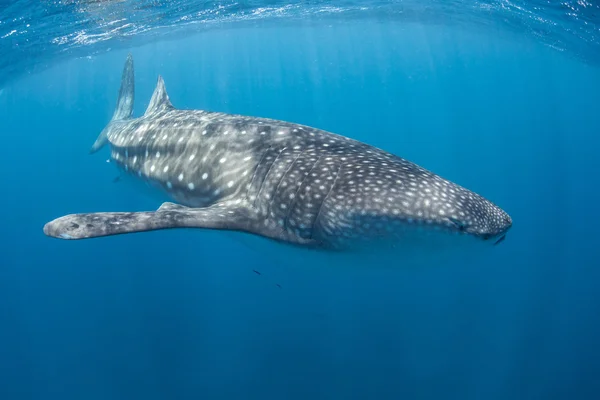
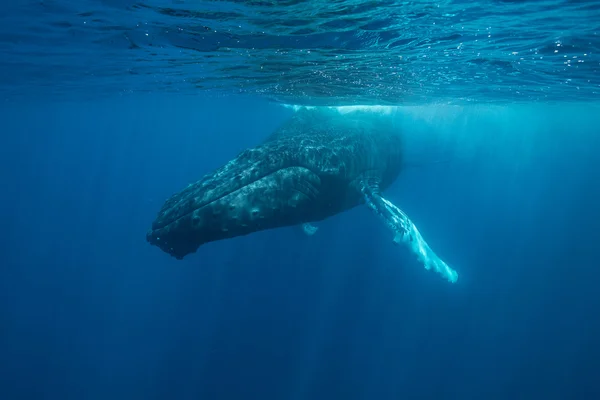
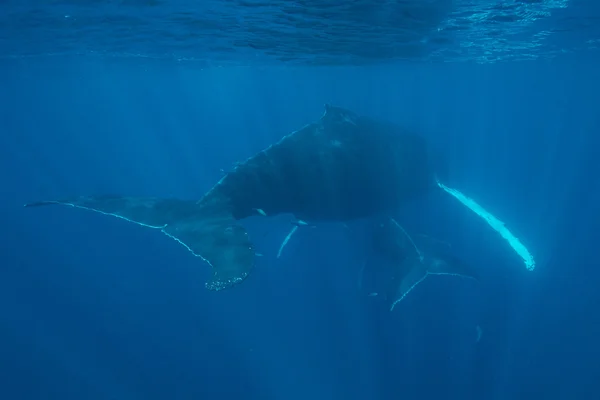
Similar Stock Videos:
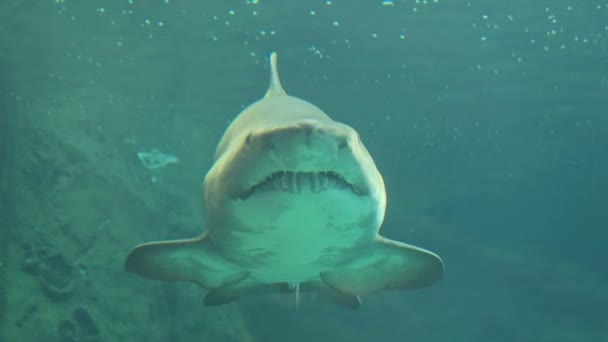


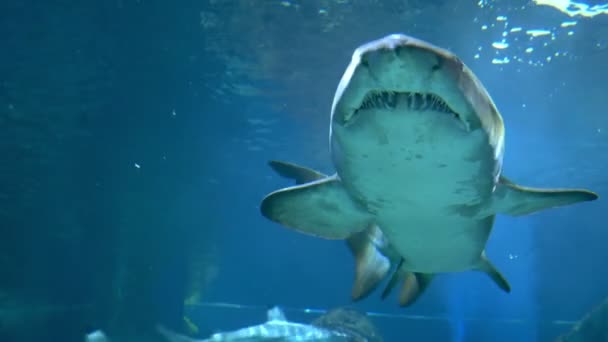
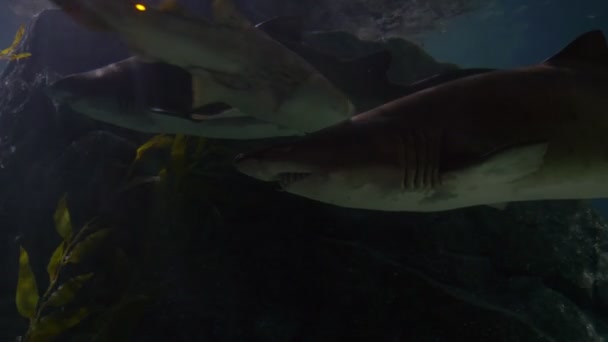



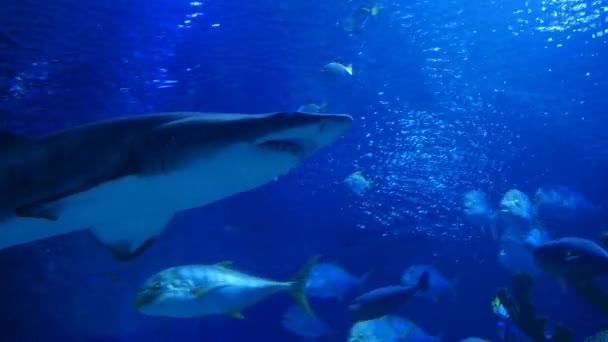

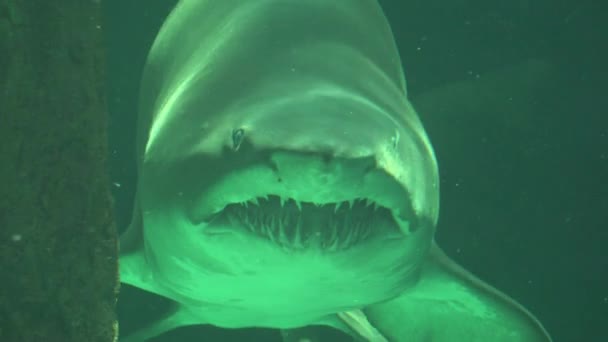

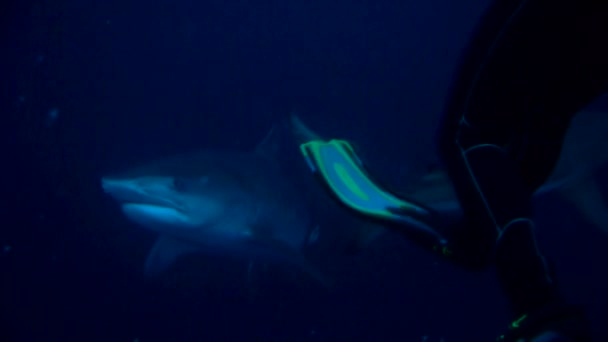


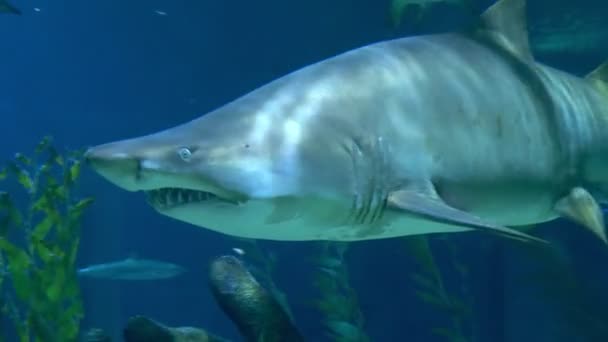

Usage Information
You can use this royalty-free photo "A young whale shark" for personal and commercial purposes according to the Standard or Extended License. The Standard License covers most use cases, including advertising, UI designs, and product packaging, and allows up to 500,000 print copies. The Extended License permits all use cases under the Standard License with unlimited print rights and allows you to use the downloaded stock images for merchandise, product resale, or free distribution.
You can buy this stock photo and download it in high resolution up to 5265x3510. Upload Date: Jun 27, 2015
